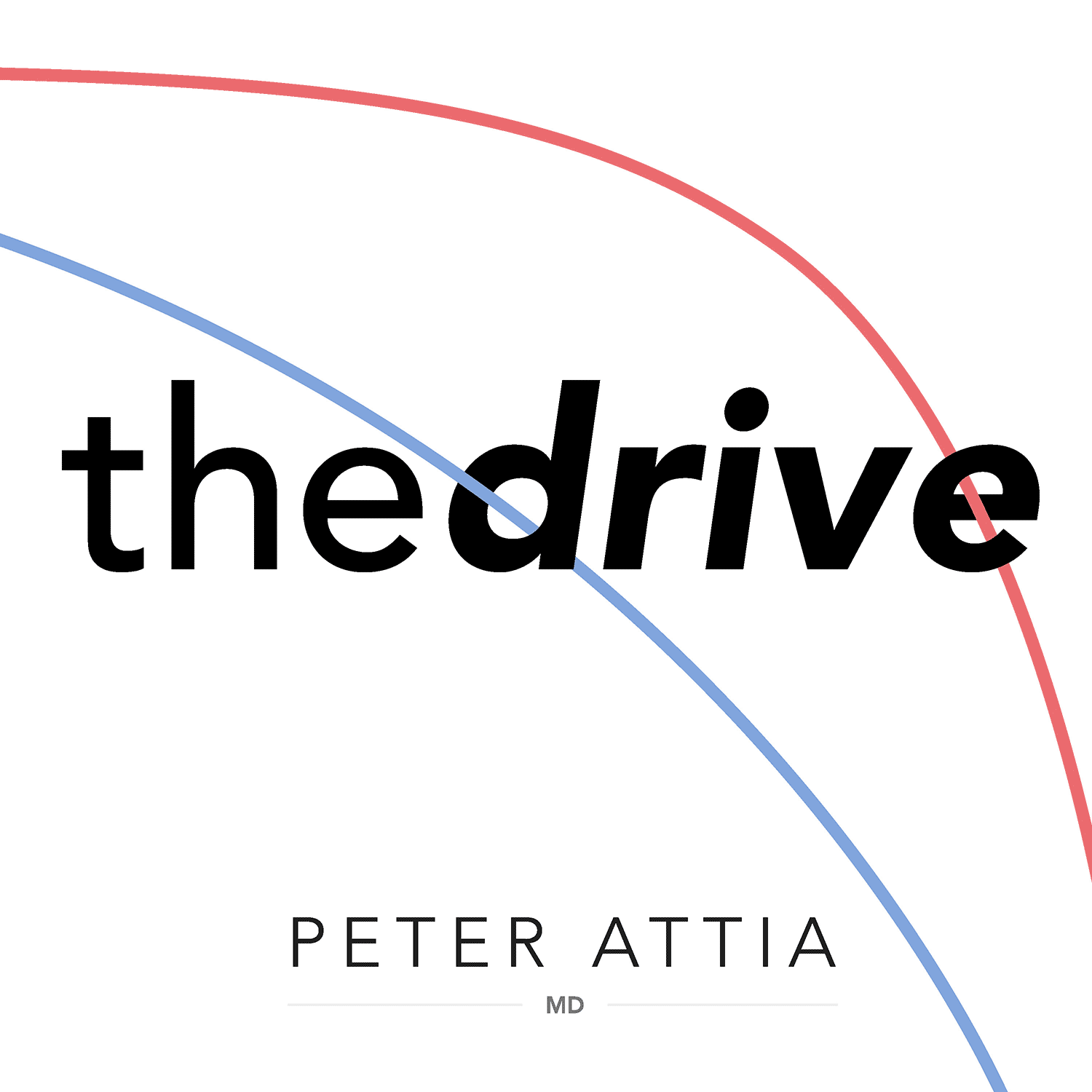#201 - Deep dive back into Zone 2 | Iñigo San-Millán, Ph.D. (Pt. 2)
Podcast: The Peter Attia DrivePublished On: Mon Mar 28 2022
Description: View the Show Notes Page for This Episode Become a Member to Receive Exclusive Content Episode Description: Iñigo San-Millán is an internationally renowned applied physiologist and a previous guest on The Drive. His research and clinical work focuses on exercise-related metabolism, metabolic health, diabetes, cancer metabolism, nutrition, sports performance, and critical care. In this episode, Iñigo describes how his work with Tour de France winner Tadej Pogačar has provided insights into the amazing potential of elite athletes from a performance and metabolic perspective. He speaks specifically about lactate levels, fat oxidation, how carbohydrates in food can affect our lactate and how equal lactate outputs between an athlete and a metabolically unhealthy individual can mean different things. Next, he discusses how Zone 2 training boosts mitochondrial function and impacts longevity. He explains the different metrics for assessing one’s Zone 2 threshold and describes the optimal dose, frequency, duration, and type of exercise for Zone 2. Additionally, he offers his thoughts on how to incorporate high intensity training (Zone 5) to optimize health, as well as the potential of metformin and NAD to boost mitochondrial health. Finally, he discusses insights he’s gathered from studying the mitochondria of long COVID patients in the ICU. We discuss: The amazing potential of cyclist Tadej Pogačar [3:00]; Metrics for assessing athletic performance in cyclists and how that impacts race strategy [8:30]; The impact of performance-enhancing drugs and the potential for transparency into athletes’ data during competition [17:00]; Tadej Pogačar’s race strategy and mindset at the Tour de France [24:00]; Defining Zone 2, fat oxidation, and how they are measured [26:45]; Using fat and carbohydrate utilization to calculate mitochondrial function and metabolic flexibility [35:45]; Lactate levels and fat oxidation as it relates to Zone 2 exercise [40:00]; How moderately active individuals should train to improve metabolic function and maximize mitochondrial performance [51:45]; Bioenergetics of the cell and what is different in elite athletes [57:30]; How the level of carbohydrate in the diet affects fuel utilization and power output during exercise [1:08:30]; Glutamine as a source for making glycogen—insights from studying the altered metabolism of ICU patients [1:15:00]; How exercise mobilizes glucose transporters—an important factor in diabetic patients [1:21:00]; Metrics for finding Zone 2 threshold—lactate, heart rate, and more [1:25:00]; Optimal Zone 2 training: dose, frequency, duration, and type of exercise [1:41:15]; How to incorporate high intensity training (Zone 5) to increase VO2 max and optimize fitness [1:51:15]; Compounding benefits of Zone 2 exercise and how we can improve metabolic health into old age [2:01:45]; The effects of metformin, NAD, and supplements on mitochondrial function [2:05:15]; The role of lactate and exercise in cancer [2:13:30]; How assessing metabolic parameters in long COVID patients provides insights into this disease [2:19:00]; The advantages of using cellular surrogates of metabolism instead of VO2 max for prescribing exercise [2:25:45]; Metabolomics reveals how cellular metabolism is altered in sedentary individuals [2:33:45]; Cellular changes in the metabolism of people with diabetes and metabolic syndrome [2:39:15]; and More. Sign Up to Receive Peter’s Weekly Newsletter Connect With Peter on Twitter, Instagram, Facebook and YouTube
The note was deleted
The note was saved
Your message was sent
